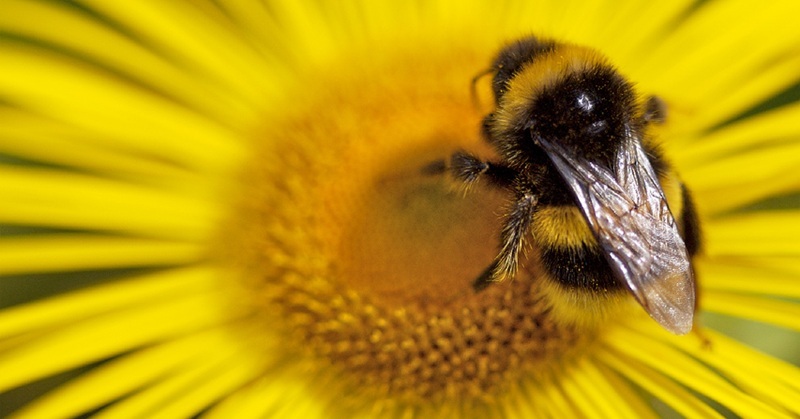Honey beekeepers in Perthshire are on their guard following the announcement an apiary has an outbreak of a killer disease.
Laboratory tests carried out by Science and Advice for Scottish Agriculture (SASA) have established American Foulbrood (AFB) affects an apiary in Meigle. The affected hive has been destroyed.
There is no permitted treatment for the disease in the UK. The movement of bees and related equipment into or out of the affected apiary is now prohibited.
There are no risks to public health from AFB and no implications for the quality and safety of honey.
Scottish Government bee inspectors will be carrying out inspections on apiaries in the Perthshire area in coming days.
AFB is a notifiable disease under The Bee Diseases and Pests Control (Scotland) Order 2007. It kills off bee larva, is highly contagious and difficult to eradicate.
There were outbreaks of AFB and European Foulbrood (EFB) in Scotland during 2009 and 2010.
The latest outbreak follows a similar situation at an apiary in Ballinluig in June.
Perthshire hosts numerous honey farms and concerns have been raised that AFB may damage the economy if it spread.
Bee populations across the world have fallen due to colony collapse disorder (CCD), disease and climate change.
Jo Pendleton, secretary of Fortingall and District Bee Keepers’ Association, said she was aware of the outbreak and had taken the necessary precautions.
“I have notified all our members,” she said. “This is very concerning and we all have to be very careful with our hives.”
“The incubation period of American Foulbrood is six weeks so you have this period before it shows.
“It has been difficult for honey bees with the weather not helping, but I keep encouraging people who are interested to take up bee keeping. Although it is now quite expensive to start.”
In order to assist the government bee inspectors, beekeepers are urged to register on BeeBase, the national bee database.
This will give them access to up-to-date information on control of AFB and bee-related issues.
The Scottish Government and those involved in the bee industry have created a control strategy that involves increased inspections, bio-security, quarantine measures and movement reporting.
Beekeepers are urged to check their hives and notify any suspicion of disease to BeesMailbox@scotland.gsi.gov.uk.
